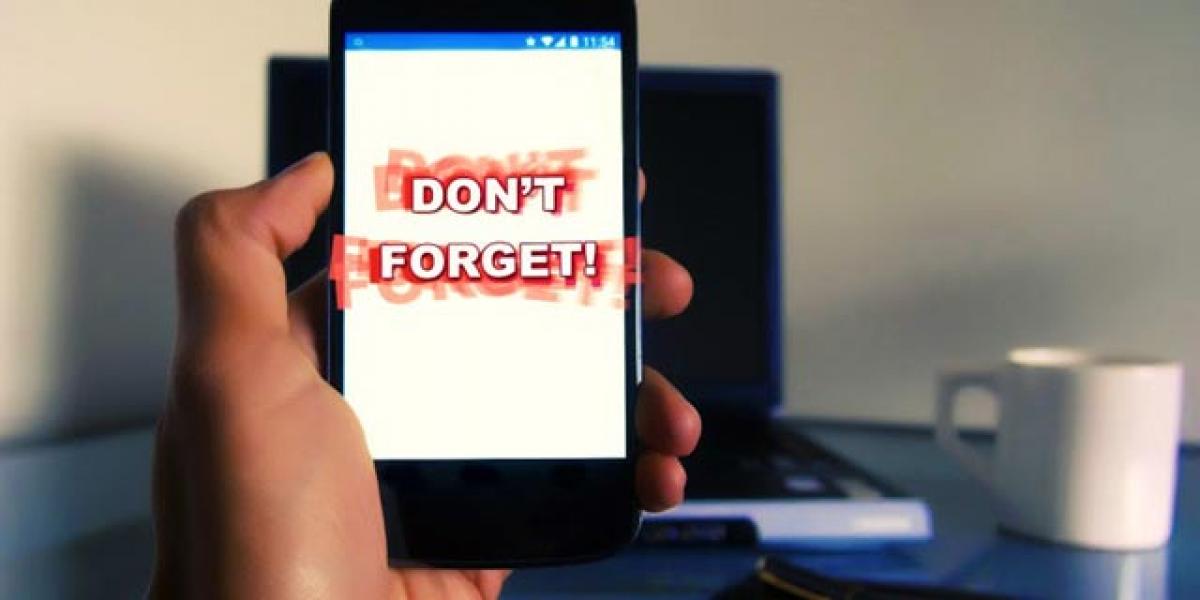RedEye, app to remember what's needed

Imagine, you have an app that that sees all and remembers only what it should. Rice University researchers have just the perfect thing for you, named RedEye.
Imagine, you have an app that that sees all and remembers only what it should. Rice University researchers have just the perfect thing for you, named RedEye.
This new technology from Rice's Efficient Computing Group that can provide computers with continuous vision, a first step toward allowing the devices to see what their owners see and keep track of what they need to remember.
"It would be like having a personal assistant who can remember someone you met, where you met them, what they told you and other specific information like prices, dates and times," said group leader Lin Zhong.
Zhong said RedEye is an example of the kind of technology the computing industry is developing for use with wearable, hands-free, always-on devices that are designed to support people in their daily lives.
The trend, which is sometimes referred to as "pervasive computing" or "ambient intelligence," centers on technology that can recognize and even anticipate what someone needs and provide it right away.
Zhong said the bottleneck for continuous vision is energy consumption because today's best smartphone cameras, though relatively inexpensive, are battery killers, especially when they are processing real-time video.
Zhong, along with former Rice graduate student Robert LiKamWa began studying the problem in the summer of 2012 when they worked at Microsoft Research's Mobility and Networking Research Group in Redmond, in collaboration with group director and Microsoft Distinguished Scientist Victor Bahl.
LiKamWa said the team measured the energy profiles of commercially available, off-the-shelf image sensors and determined that existing technology would need to be about 100 times more energy-efficient for continuous vision to become commercially viable.
In an award-winning paper a year later, LiKamWa, Zhong, Bahl and colleagues showed they could improve the power consumption of off-the-shelf image sensors tenfold simply through software optimization.
"RedEye grew from that because we still needed another tenfold improvement in energy efficiency, and we knew we would need to redesign both the hardware and software to achieve that," LiKamWa said.
To make it more attractive to device makers, the team needed to demonstrate that it could reliably interpret analog signals. Zhong added that research on RedEye is ongoing.
He said the team is working on a circuit layout for the RedEye architecture that can be used to test for layout issues, component mismatch, signal crosstalk and other hardware issues. This research was presented at International Symposium on Computer Architecture (ISCA 2016) meeting.














